Q4 Loonie Outlook
Canadians are in for a wild ride in the final quarter of 2021. Not only will they be going to the polls in less than a week to elect a new leader, they are also dealing with an uncertain economic re-opening plan, a roller-coaster of an economy and a volatile Loonie. So, what is important to Loonie sellers? Lets take a quick look at some of the key things to watch as the year comes to a close.
Snap Election
It has been about a month since Trudeau called a snap election, giving our party leaders less than 6 weeks to win our hearts and minds, and ensure us that they are the ones that will lead us out of the COVID uncertainty. We know with nearly complete certainty (minus the nearly) that either the Liberals or Conservative will win this election, but what effect will this have on the Canadian economy? There are a couple of factors to keep your eye on:
Jobs: Both parties are pledging to add up to 1M jobs to the Canadian economy, by way of wage subsidies, small business lending, and a responsible wind-down of the emergency spending programs. From a covid job recovery perspective, there is very little difference between the parties. What will become important is the ability of the winning party to execute against their promises. The Canadian economy boomed in the final quarter of 2020, but has slowed significantly in 2021 – If the employment numbers can ramp up post-election, we can expect the Lonnie to rally again.
Oil: The Lonnie is intrinsically tied to oil exports, and cost of the commodity. The Trudeau-led Liberals have been hesitant to invest or support bringing more oil reserves to the market (read: 2 scrapped pipelines under his leadership). The conservatives on the other hand, are committing to remove the Liberal regulations on the sector. While this seems like a cut and dry decision of increasing oil exports to drive up the economy, there is the pesky issue of climate change and sustainable energy resources. So what will be most important to Canadian voters – Investing in fossil-fuel sector, or an approach that leans towards renewable energy?
Outside the election
Variants: The rollout of the vaccination program in Canada has been wildly successful (after a bit of a false start). An impressive 73% of the Canadian population has received at least one dose (84% of Canadians 12+ yrs old) pushing Canada into the top 10 of vaccination rates worldwide. These figures put the Canadian economy in a strong position to survive a 4th wave - or is it a 5th wave, I can’t keep track. While this may look like a great story for the Loonie, the reality is that any further global economic shutdown will push investors into the USD as it is typically seen as a “safe haven” currency in volatile markets – albeit counterintuitively, we may well see the Loonie dip against the dollar if further variants emerge.
Inflation: To date, central banks are dismissing inflation fears as cyclical and not a reason to ease the stimulus and covid recovery spending. But how long will this last? The inflation rates continue to surpass expectations in both Canada and the US, causing some significant concerns. While the Bank of Canada has been one of the most aggressive in their stimulus pull-backs, the Loonie stands to lose if the US Fed begins to signal its own pull back. Keeping a close eye on the Fed’s easing plans will be essential in predicting CAD movement.
Taking all of these factors into consideration, we feel that the Loonie is unlikely to maintain the massive gains it has enjoyed recently. For now, we are eyeing a price range of 1.25-1.285 over the next couple months - But stay tuned, and pay close attention to the above factors!
